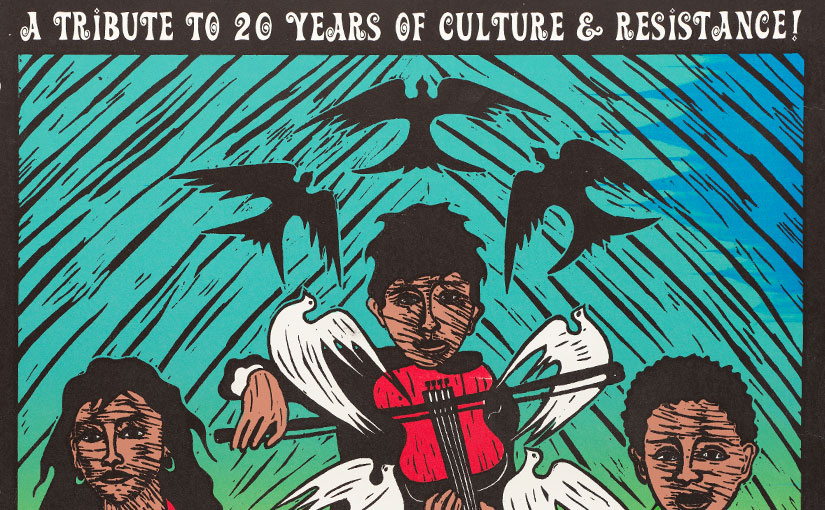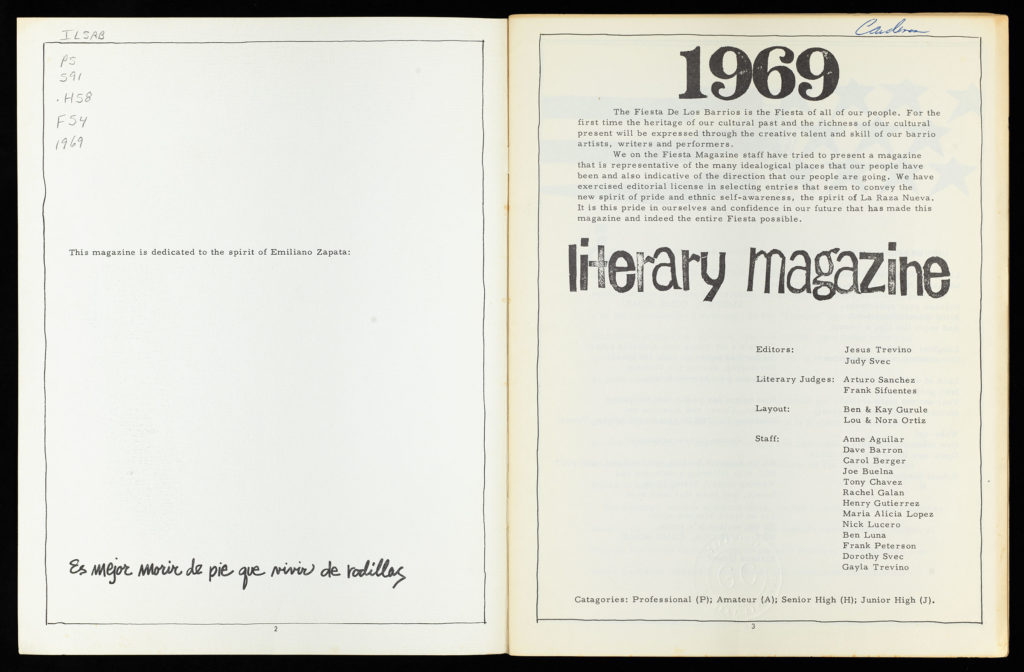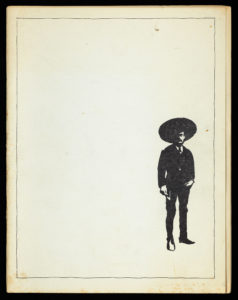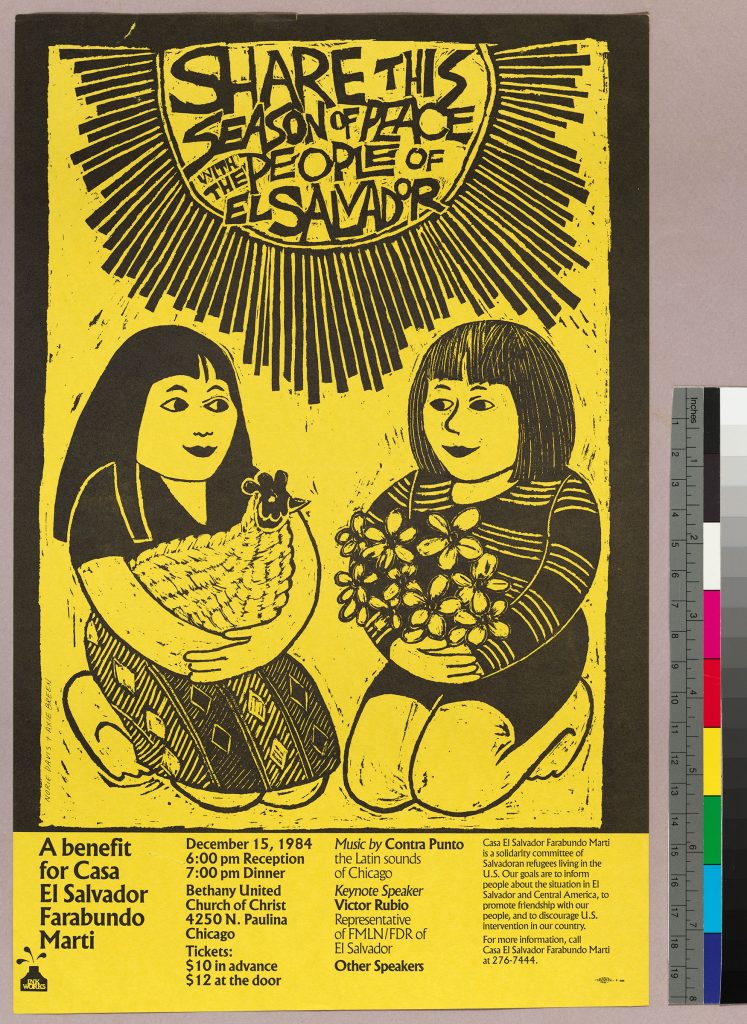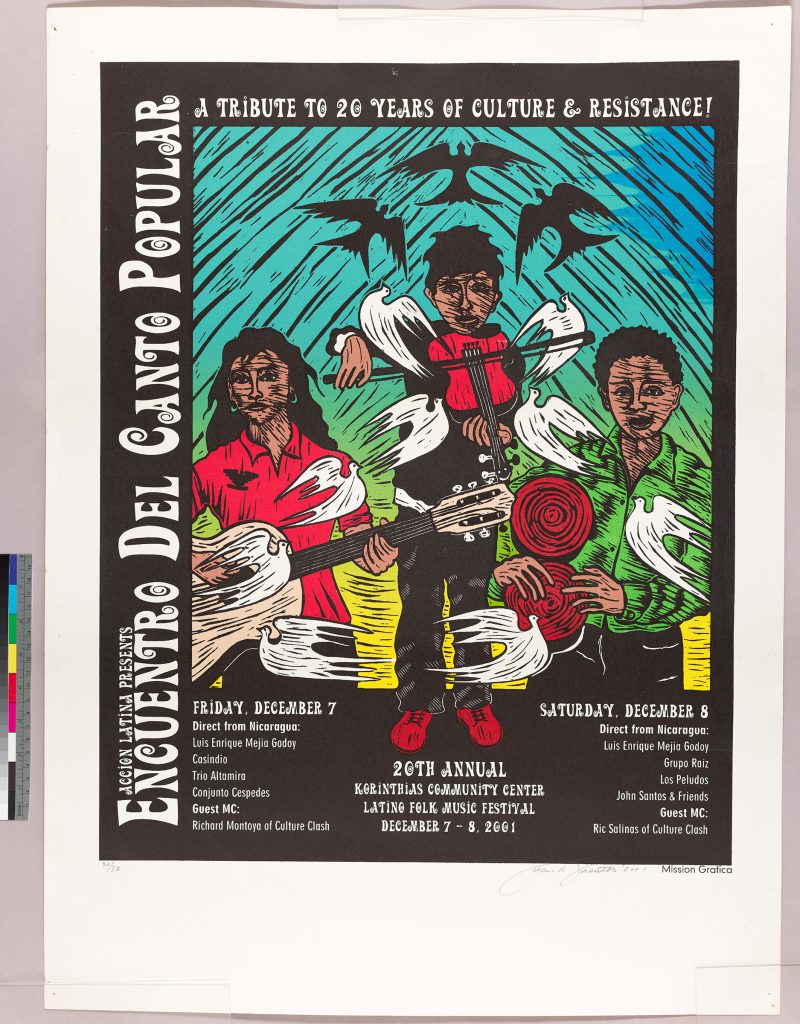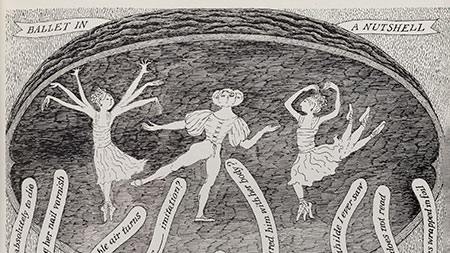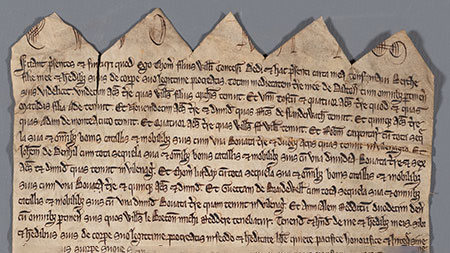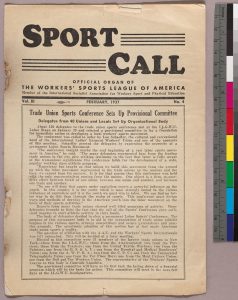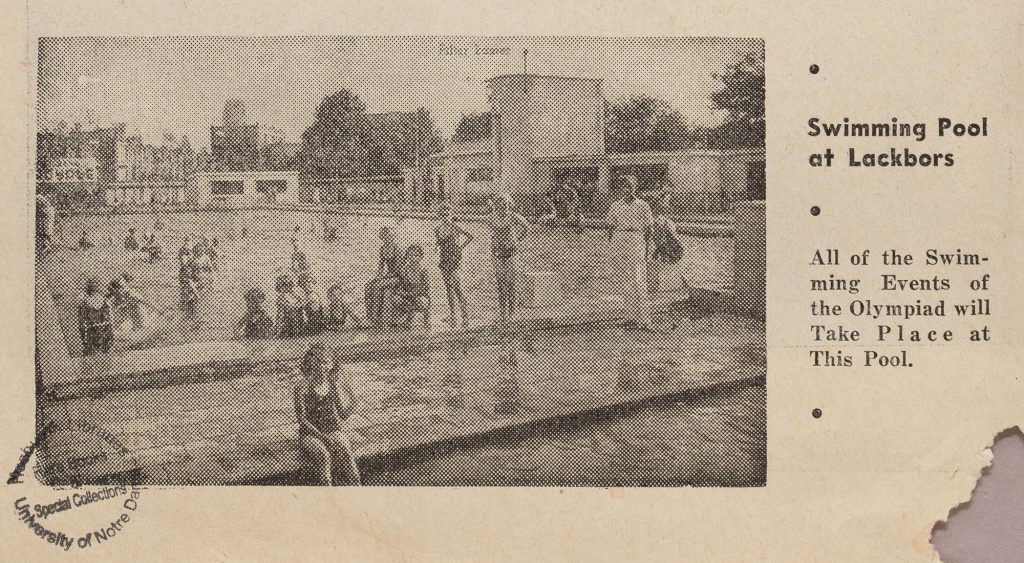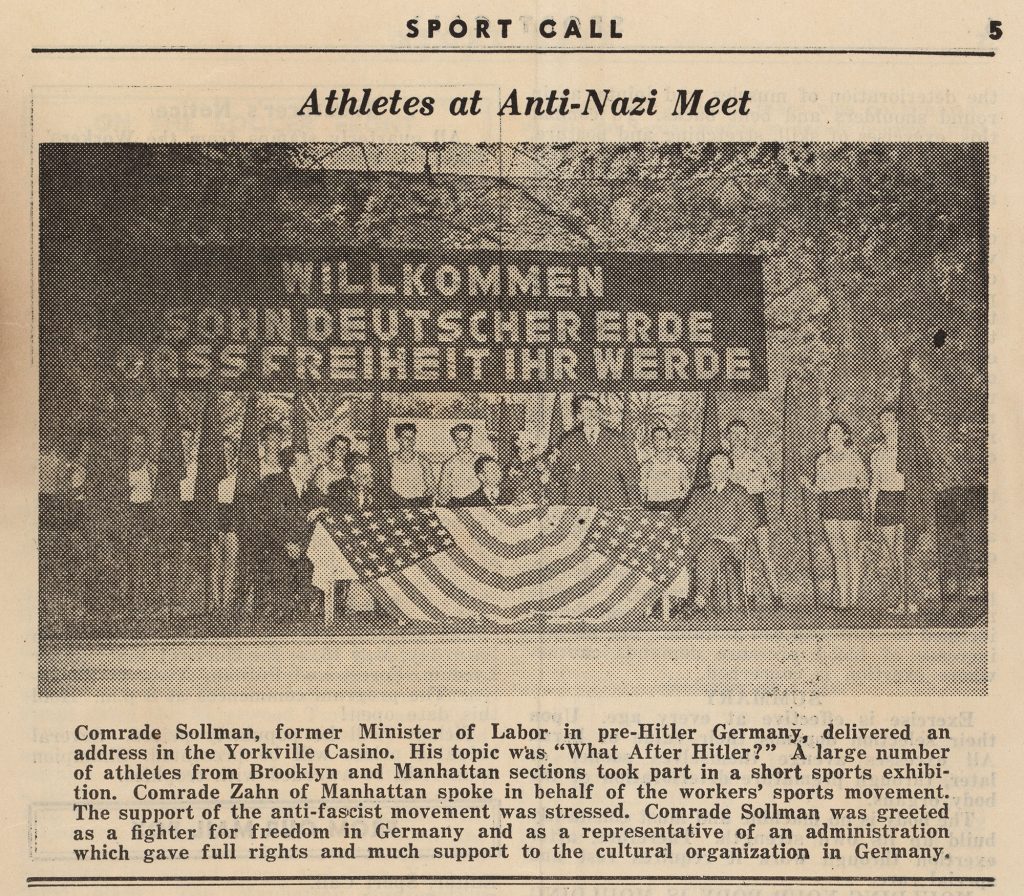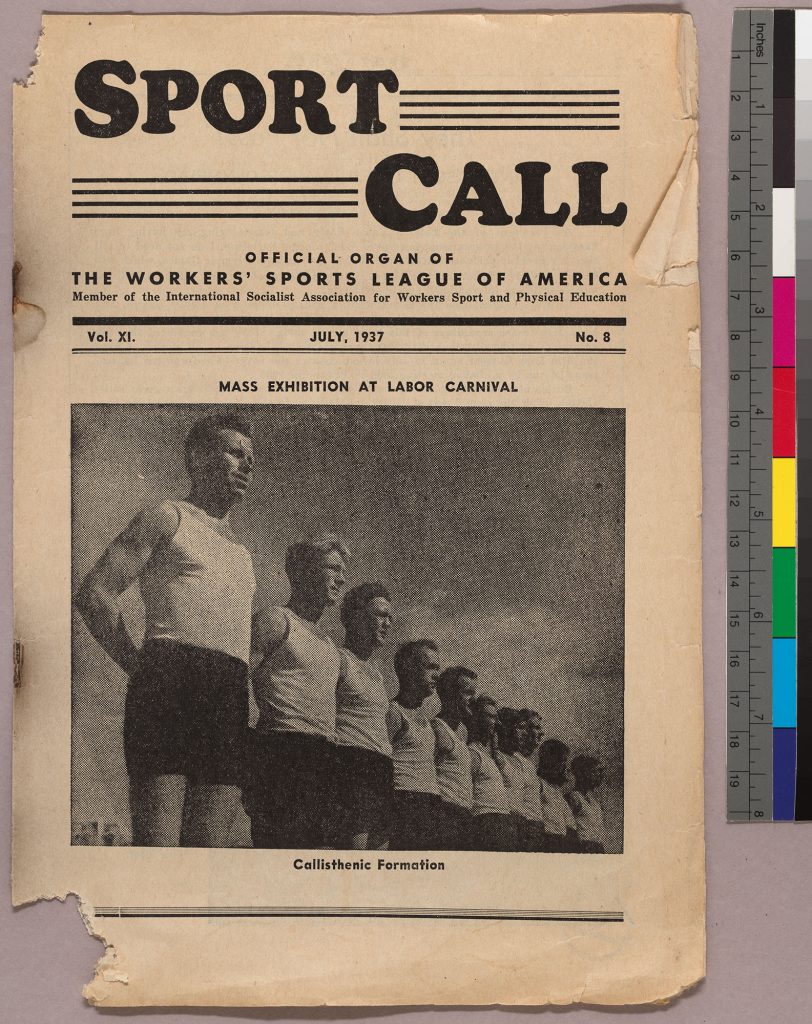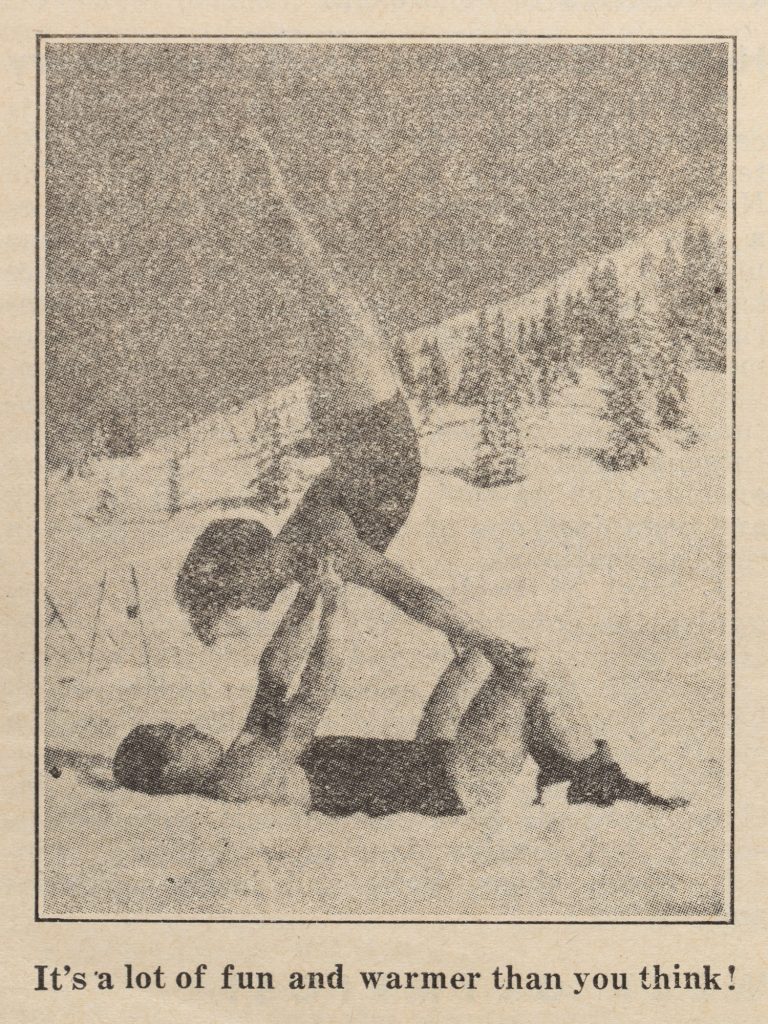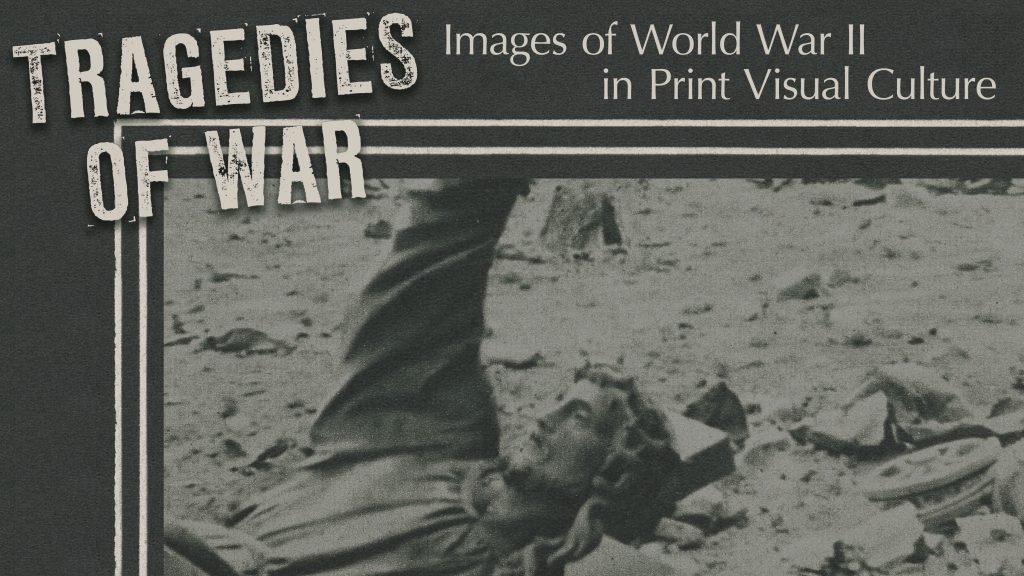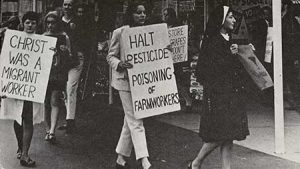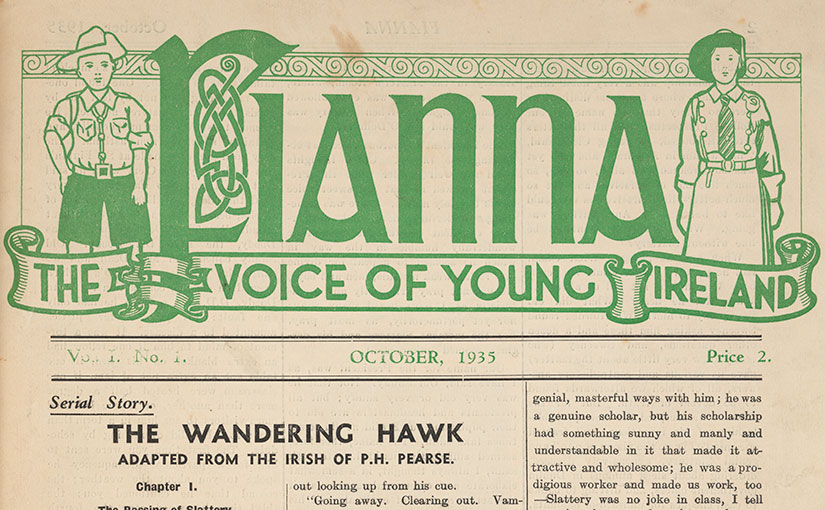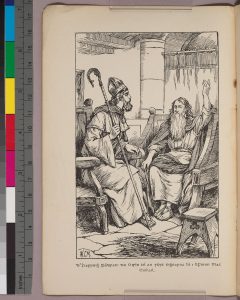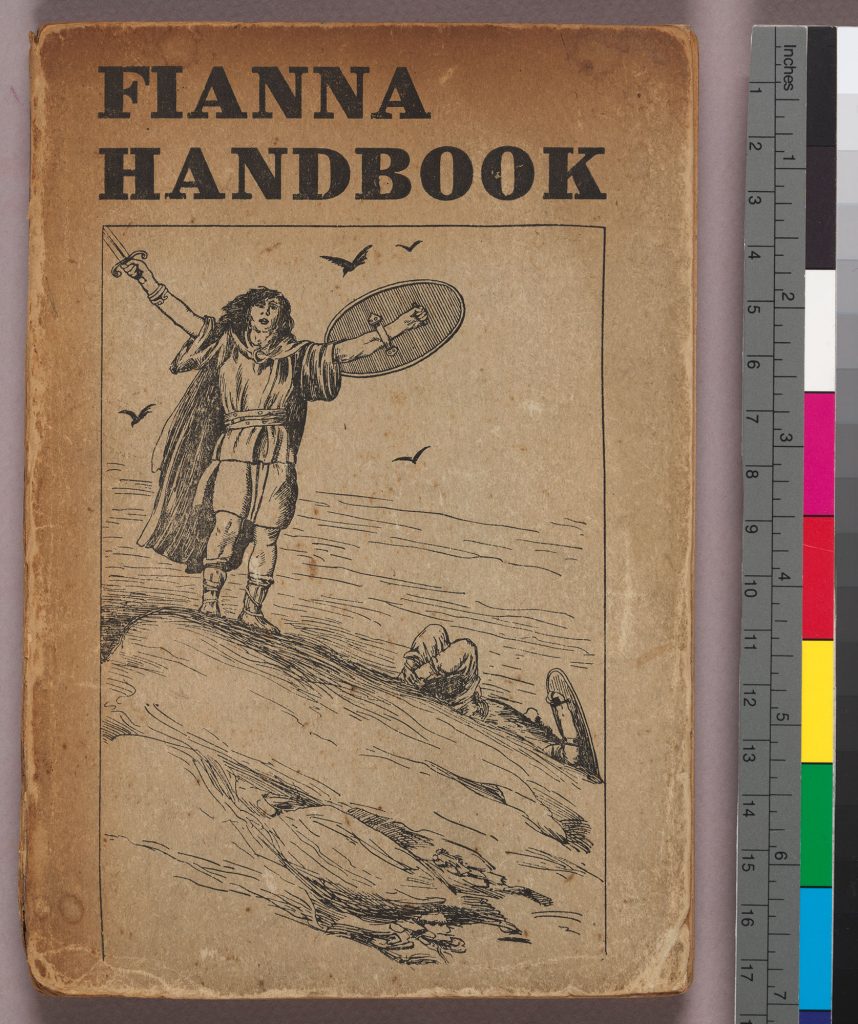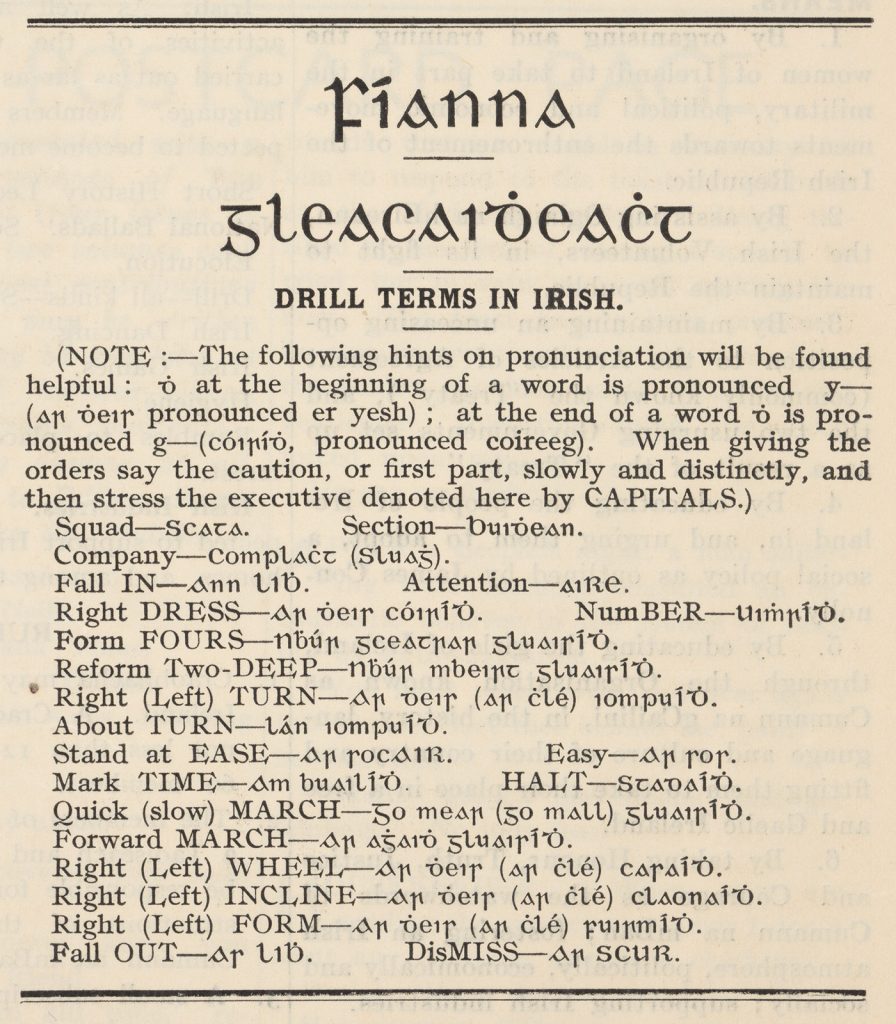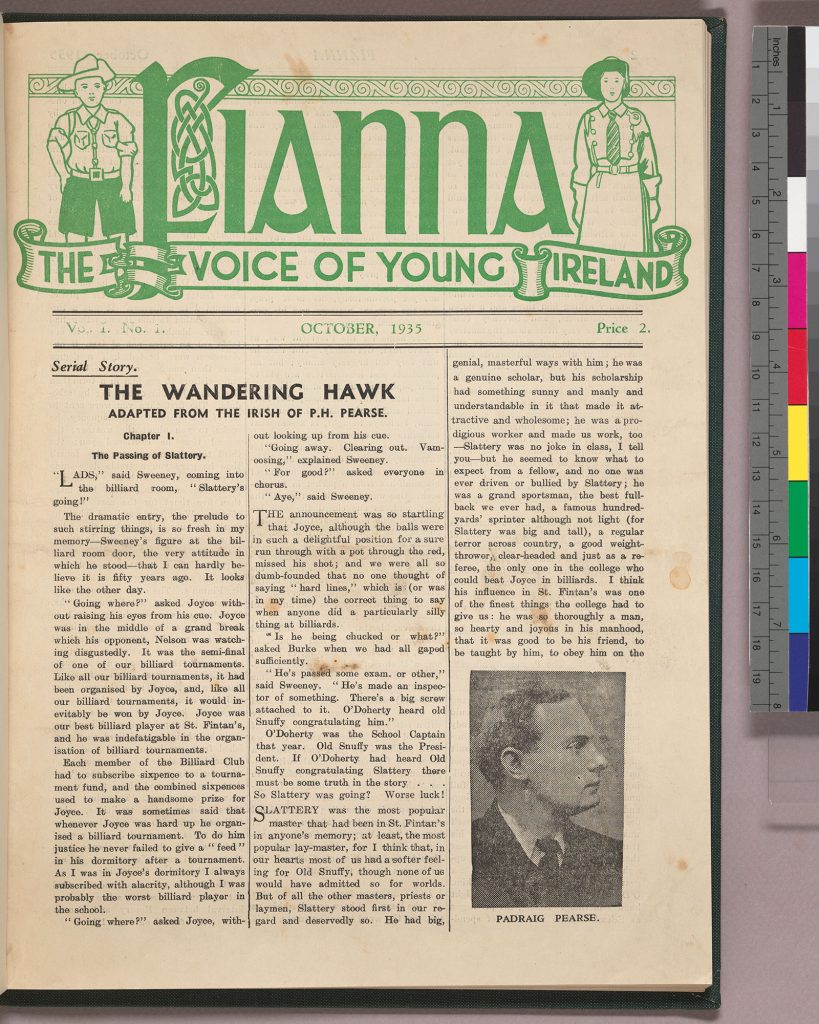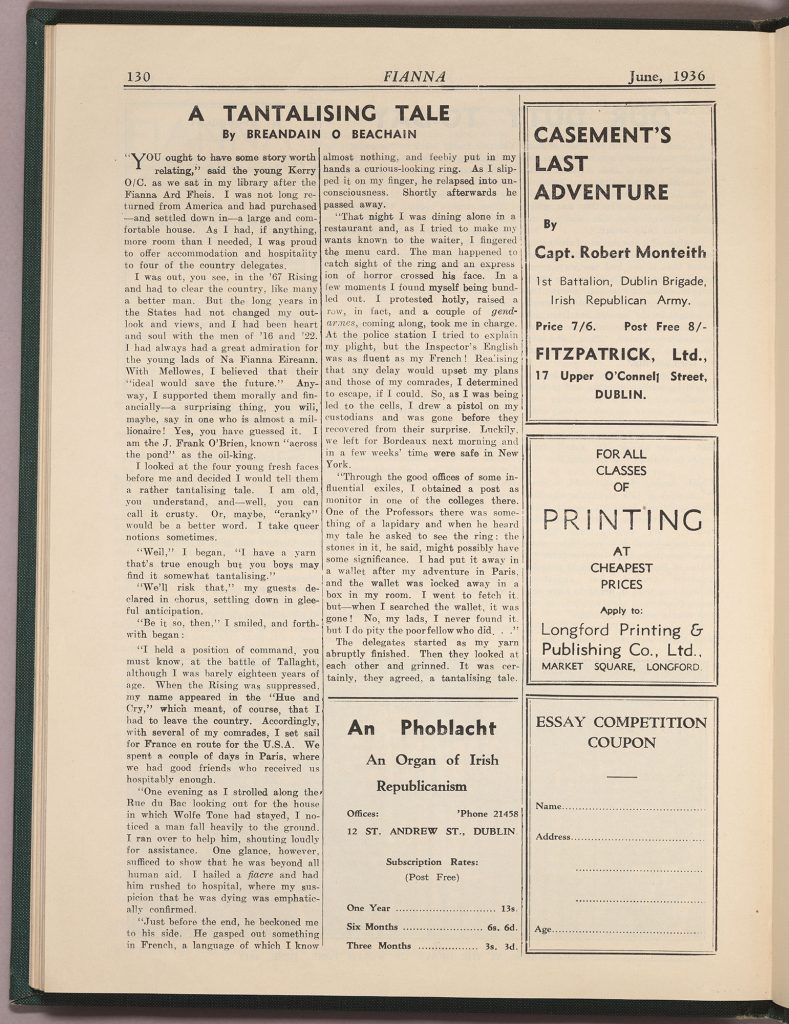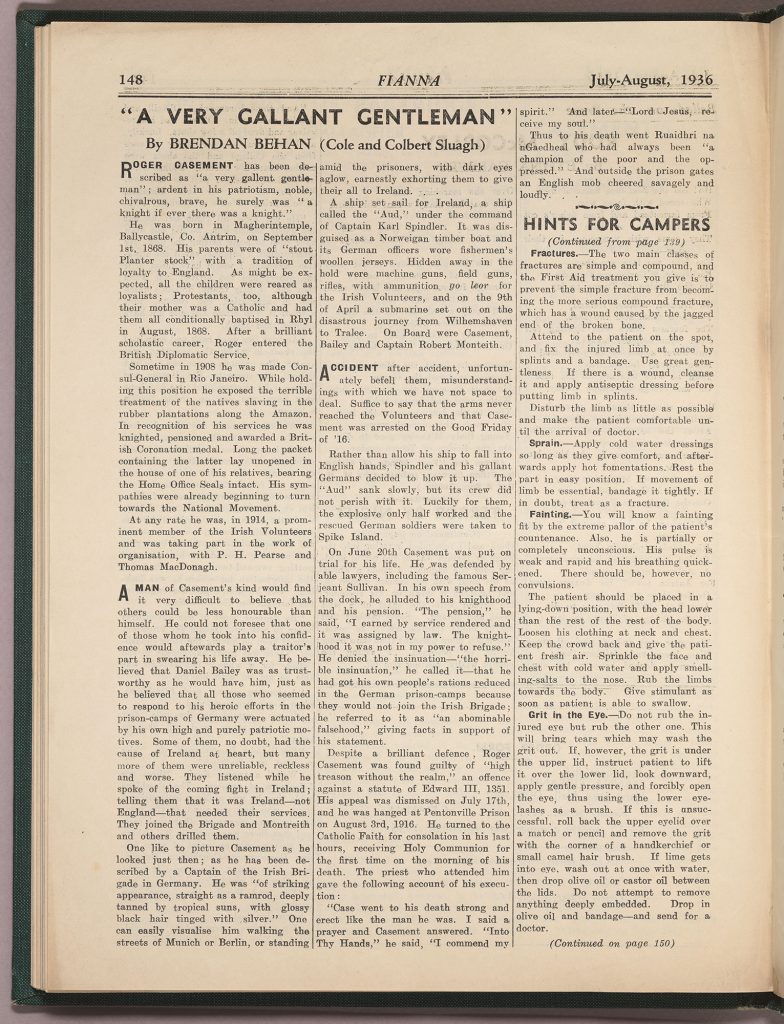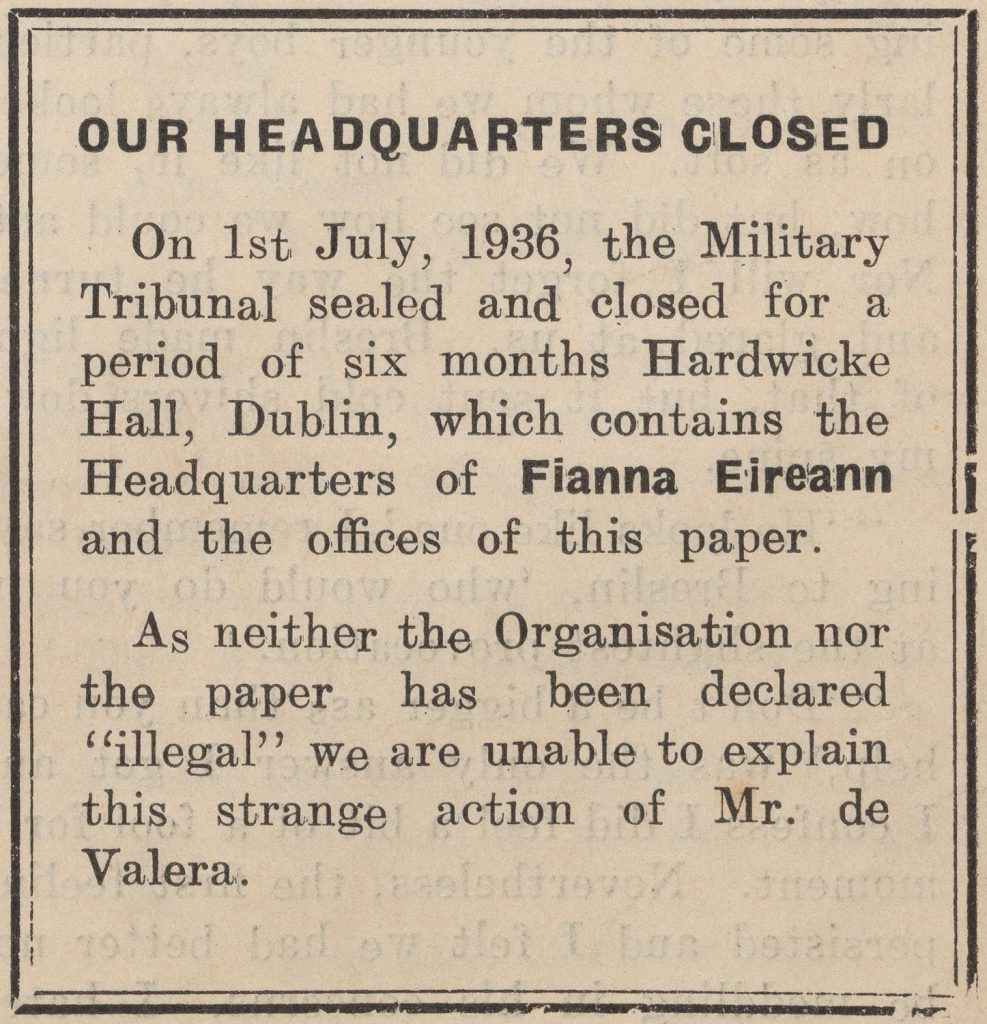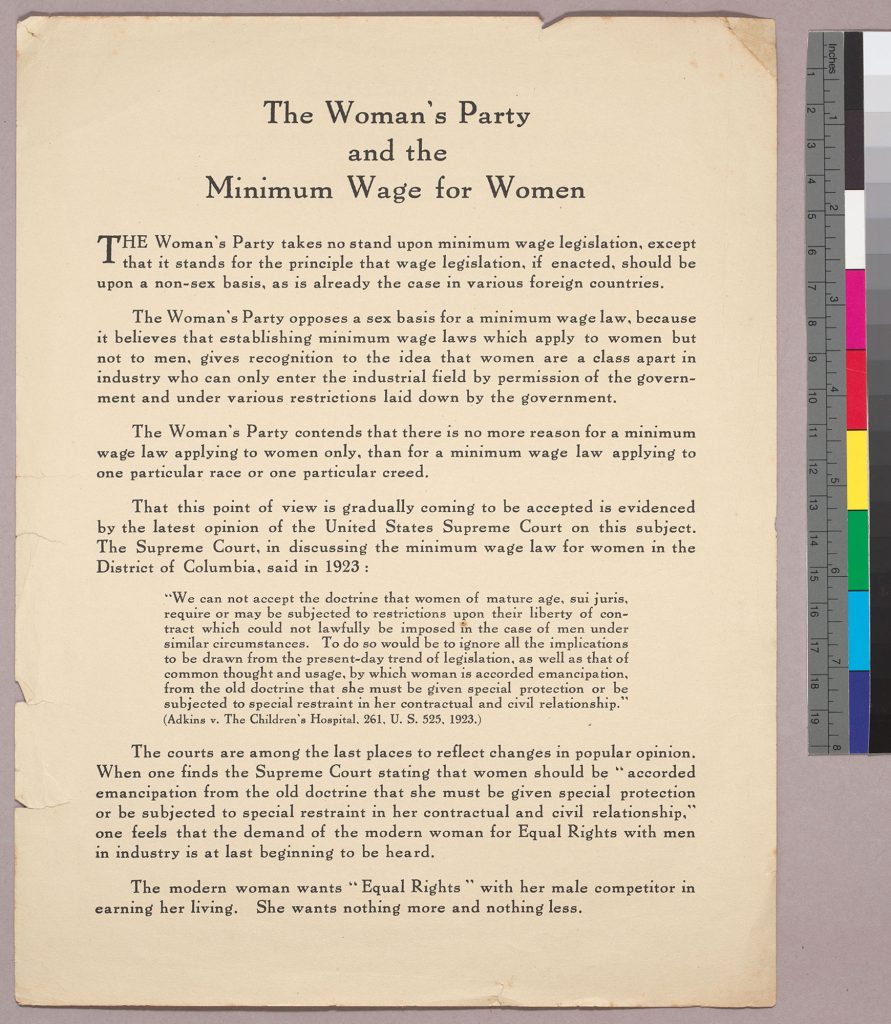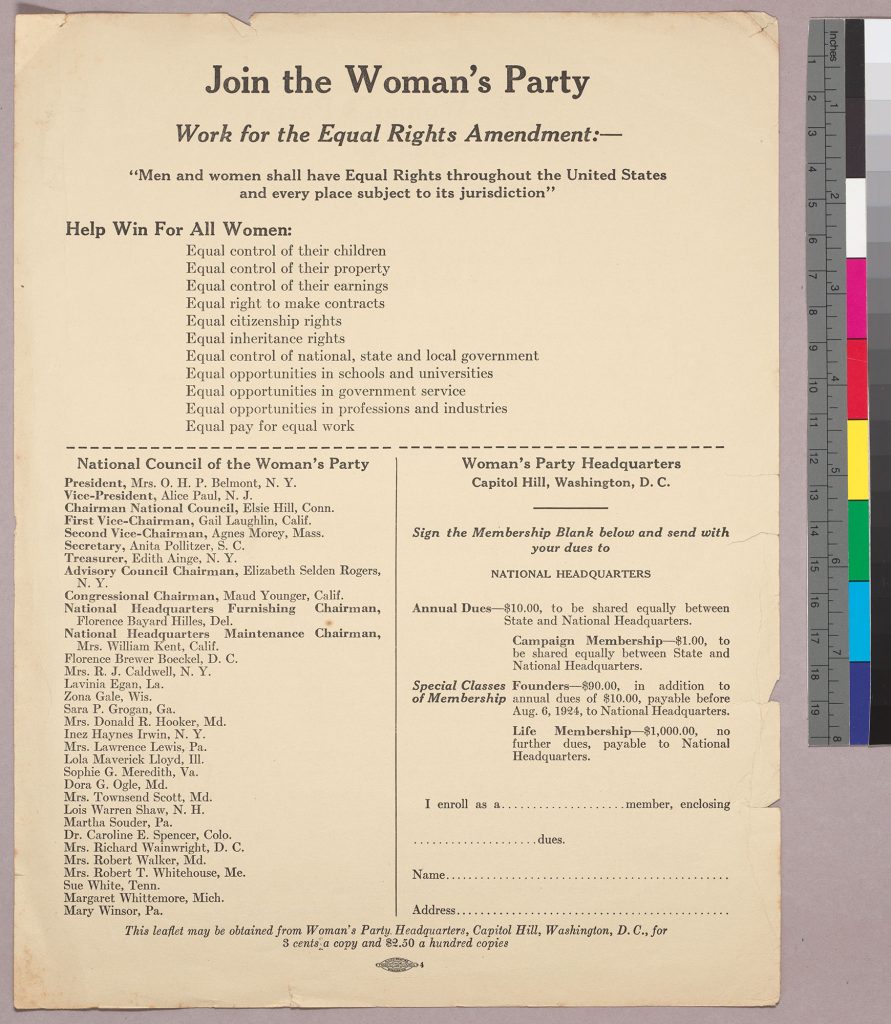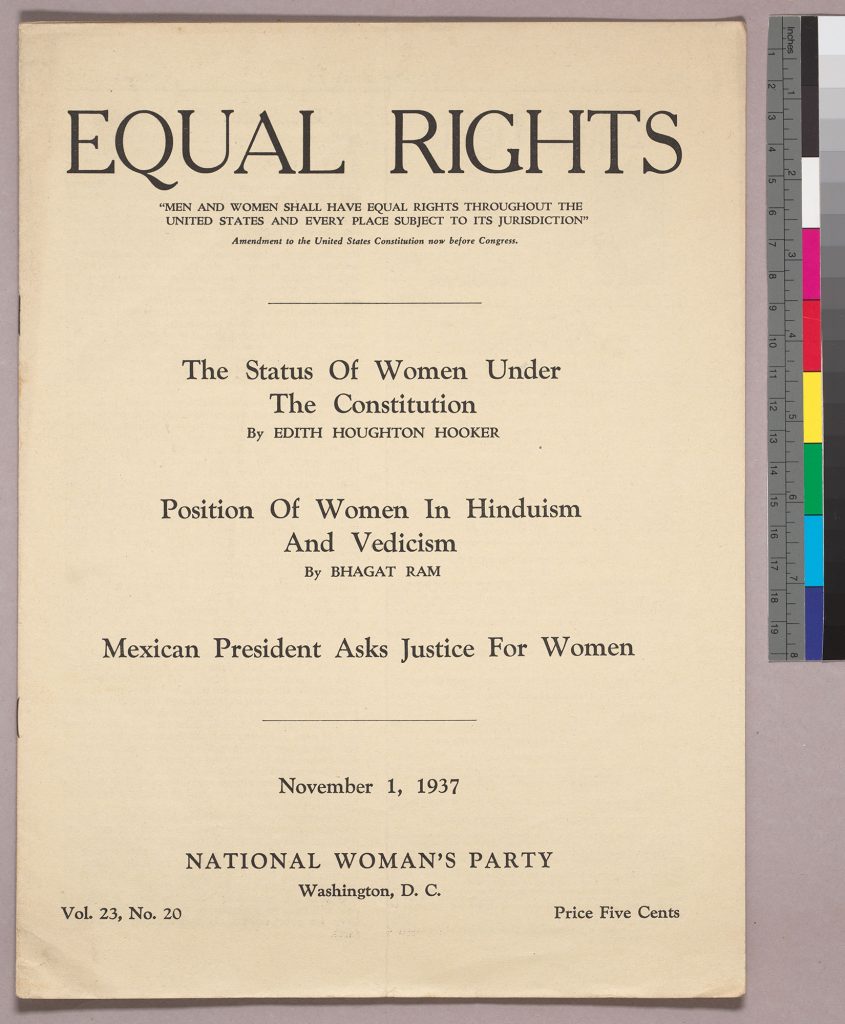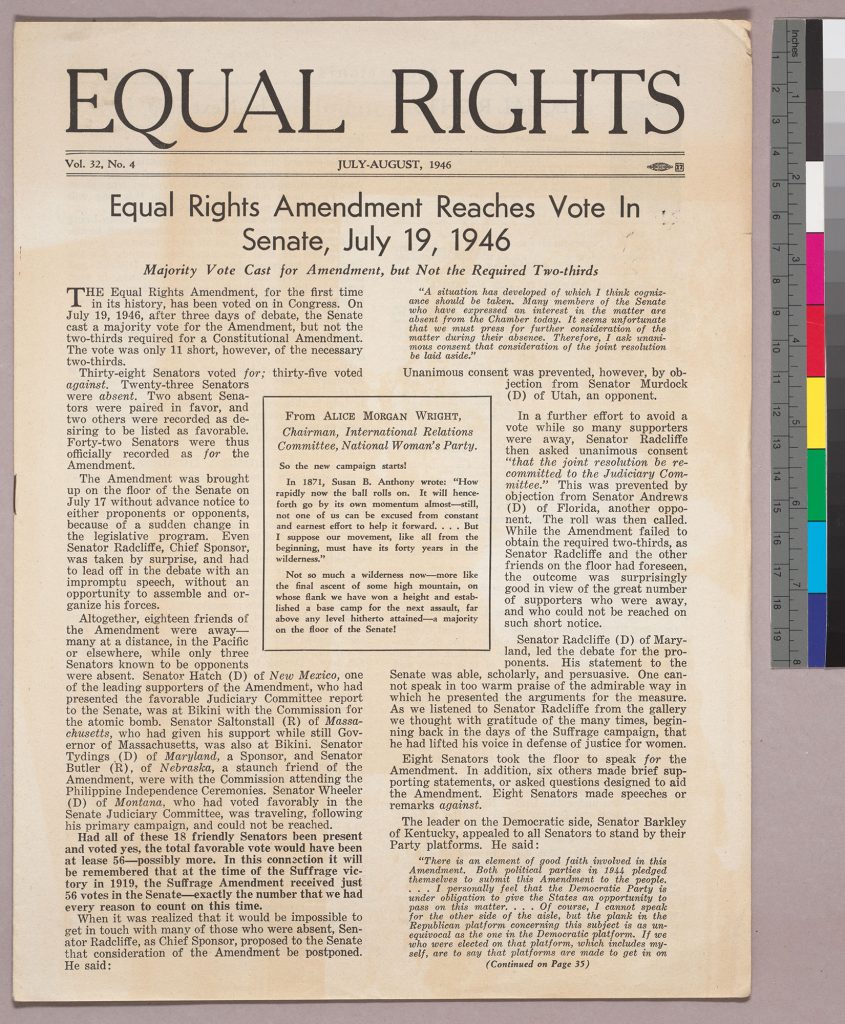by Sara Weber, Special Collections Digital Project Specialist
Merriam-Webster defines a vampire as, “the reanimated body of a dead person believed to come from the grave at night and suck the blood of persons asleep.” The Oxford English dictionary gives the middle of the eighteenth century as their earliest evidence for the word vampire, but the concept far predates that in the folklore of various cultures. While characters of a vampiric nature occur as early as Babylonian poems recorded on cuneiform and the ancient Greek writings of Philostratus, the folklore that is most significant to the development of the Western concept of a vampire was that of the Slavic cultures of Eastern Europe. These malevolent beings were seen as gruesome and frightening, because death, disease, and degeneracy were all attributed to their actions and influence. As the vampire became a more familiar figure in Western cultures during the eighteenth century (by 1740 Alexander Pope compared himself to “one of those vampires in Germany” when he went out at night), they were initially perceived in a similar, grotesque manner. However, over time the vampire—though still a villain—came to be portrayed as charismatic and seductive.

(Rare Books Small PR 6037 .T617 D7 1904)
Bram Stoker’s 1897 Dracula was not the first vampire in English literature, Robert Southey’s 1801 poem “Thalaba the Destroyer” is generally given that title. Polidori’s short story “The Vampyre” (1819), Varney the Vampire; or, the Feast of Blood (1845–1847), and Sheridan Le Fanu’s “Carmilla” (1872) all preceded it as well. But Stoker’s vampire has become the template against which all modern vampires are compared. The Count is initially described as,
“…a tall old man, clean shaven save for a long white moustache, and clad in black from head to foot, without a single speck of colour about him anywhere. …his hand grasped mine with a strength which made me wince, an effect which was not lessened by the fact that it seemed as cold as ice—more like the hand of a dead than a living man.” (Dracula, Chapter 2)
He is gracious and courteous, however, and as the novel progresses, and he feeds, he becomes less corpse-like. When Mina and Johnathan see him in London, she describes him as “a tall, thin man, with a beaky nose and black moustache and pointed beard… His face was not a good face; it was hard, and cruel, and sensual, and his big white teeth, that looked all the whiter because his lips were so red, were pointed like an animal’s.” (Dracula, Chapter 13)

Count Dracula has become more immortal in popular culture than he was in Stoker’s novel, the subject of numerous theatrical adaptations and cinema classics. The first play—more of a staged reading of the book, really—ocurred the same year as the book was published, as a way of securing copyright protection. In the 1920s, Hamilton Deane and John L. Balderson created their own adaptation, and in 1977 a revival of this version arrived on Broadway. This production featured the design work of Edward Gorey in its sets, costuming, posters, and playbills. He won a Tony Award for the Costume Design, and was nominated for Set Design. The play also won a Tony for Most Innovative Production of a Revival. (Frank Langella was nominated for Best Performance by a Leading Actor in a Play, while Dennis Rosa was nominated for Best Direction of a Play.)











As the play became a popular success as well as a critical one, Gorey’s designs appeared on a variety of merchandise from t-shirts and bags to puzzles, toys, and even a miniature theatre, examples of many of which are found in Notre Dame’s Special Collections.




The Suzy Conway and Robert M. Conway Collection of Gorey Ephemera (EPH 5004) also includes articles and article illustrations, drawings, picture postcards, posters, and correspondence. There are materials relating to his work illustrating book covers for Doubleday, including a few other vampire themed or related texts.



In recognition of the centenary of Edward Gorey’s birth and the 25th anniversary of his death, RBSC’s September-October spotlight has highlighted Gorey’s engagement with the New York City Ballet in his distinctive noir style. Although the exhibit officially closes today, it will remain viewable through early next week, before the installation on November 5 of the November-December spotlight. Come visit Special Collections for a further look at some of Gorey’s distinctive work.
Happy Halloween to you and yours
from all of us in Notre Dame’s Special Collections!
Halloween 2024: An Irish Story Produces a Halloween Icon
Halloween 2023: Demon Horses and How to Tame Them
Halloween 2022: A Halloween Tale: “John Reardon and the Sister Ghosts”
Halloween 2021: A Welsh Witch in the Woods
Halloween 2020: Headless Horsemen in American and Irish Legend
Halloween 2019: A Halloween trip to Mexico
Halloween 2018: A story for Halloween: “Johnson and Emily; or, The Faithful Ghost“
Halloween 2017: A spooky story for Halloween: The Goblin Spider
Halloween 2016: Ghosts in the Stacks








